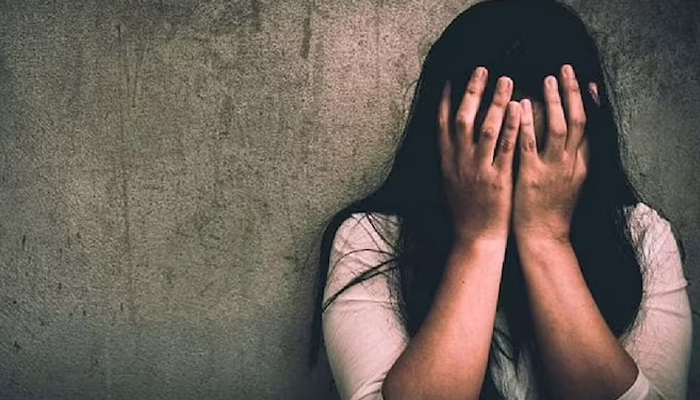
A new global study published in The Lancet has revealed disturbing statistics about child sexual abuse, highlighting that nearly one in three Indian women and more than one in ten Indian men experienced sexual violence before the age of 18. Conducted by the Institute for Health Metrics and Evaluation at the University of Washington, the study examined data from 204 countries between 1990 and 2023. It drew on information from the Global Burden of Diseases, Injuries, and Risk Factors Study to assess the scope of sexual violence against children (SVAC).
In India, the findings are especially concerning: 30.8 per cent of women and 13.5 per cent of men reported sexual abuse during childhood. Among young adults aged 20 to 24, 26.9 per cent of women and 9.4 per cent of men said they had been abused before turning 18, indicating the problem remains widespread across generations. Globally, 18.9 per cent of women and 14.8 per cent of men reported being victims of sexual abuse in childhood. A significant proportion of these individuals—67.3 per cent of women and 71.9 per cent of men—said their first experience of abuse occurred during their early years. This shows that childhood and adolescence are not just vulnerable stages but also the most likely periods when abuse begins.
The report identified India among the countries with the highest prevalence of childhood sexual abuse among females, alongside the Solomon Islands, Costa Rica, Chile, and Ivory Coast. Among males, the highest rates were found in Ivory Coast (28.3 per cent), Bangladesh (27.7 per cent), and Haiti (26 per cent). Researchers emphasized that despite growing awareness, the overall global prevalence of SVAC has changed little over the past three decades. This persistence, they argue, reflects deep-rooted societal issues and the lack of adequate systems to prevent or respond to abuse. India’s numbers are part of a broader trend across South Asia, where Bangladesh also reported alarmingly high rates among boys. This contradicts the commonly held view that child sexual abuse predominantly affects girls, and underlines the importance of recognizing male survivors. Cultural norms that stigmatize male victimhood are believed to contribute to widespread silence and underreporting. A major challenge highlighted by the study is the scarcity of reliable and repeated data. In many countries, including India, surveys are conducted inconsistently and often lack the anonymity needed to encourage honest disclosures. Moreover, 63 countries had no publicly accessible data at all on the subject.
The researchers stress that early intervention is key. They call for urgent investment in child protection infrastructure, safe and inclusive education systems, and comprehensive support services for survivors. They also highlight the importance of dismantling patriarchal and cultural taboos that enable secrecy and shame around sexual violence. The study’s authors argue that unless these issues are addressed through coordinated policy and community efforts, millions of children around the world—including in India— will continue to face an unacceptable risk of sexual violence during their formative years.
